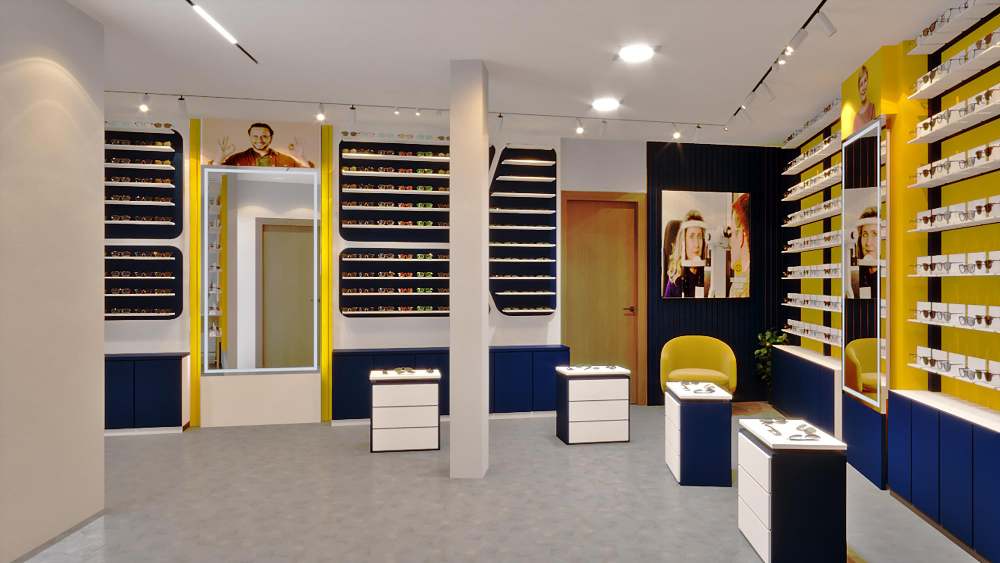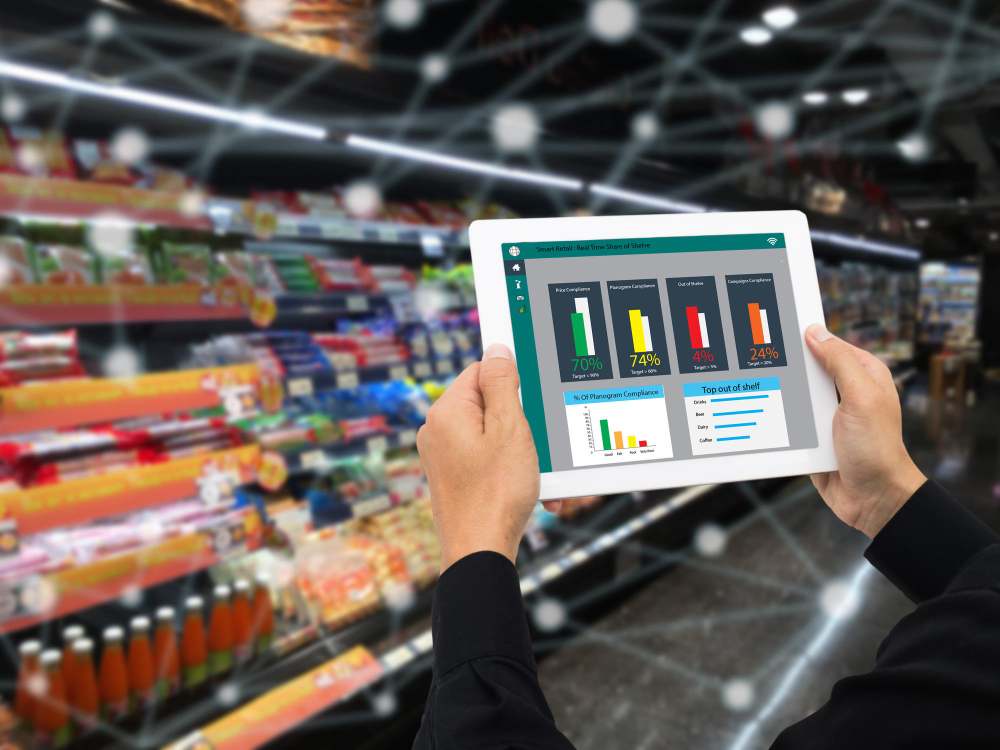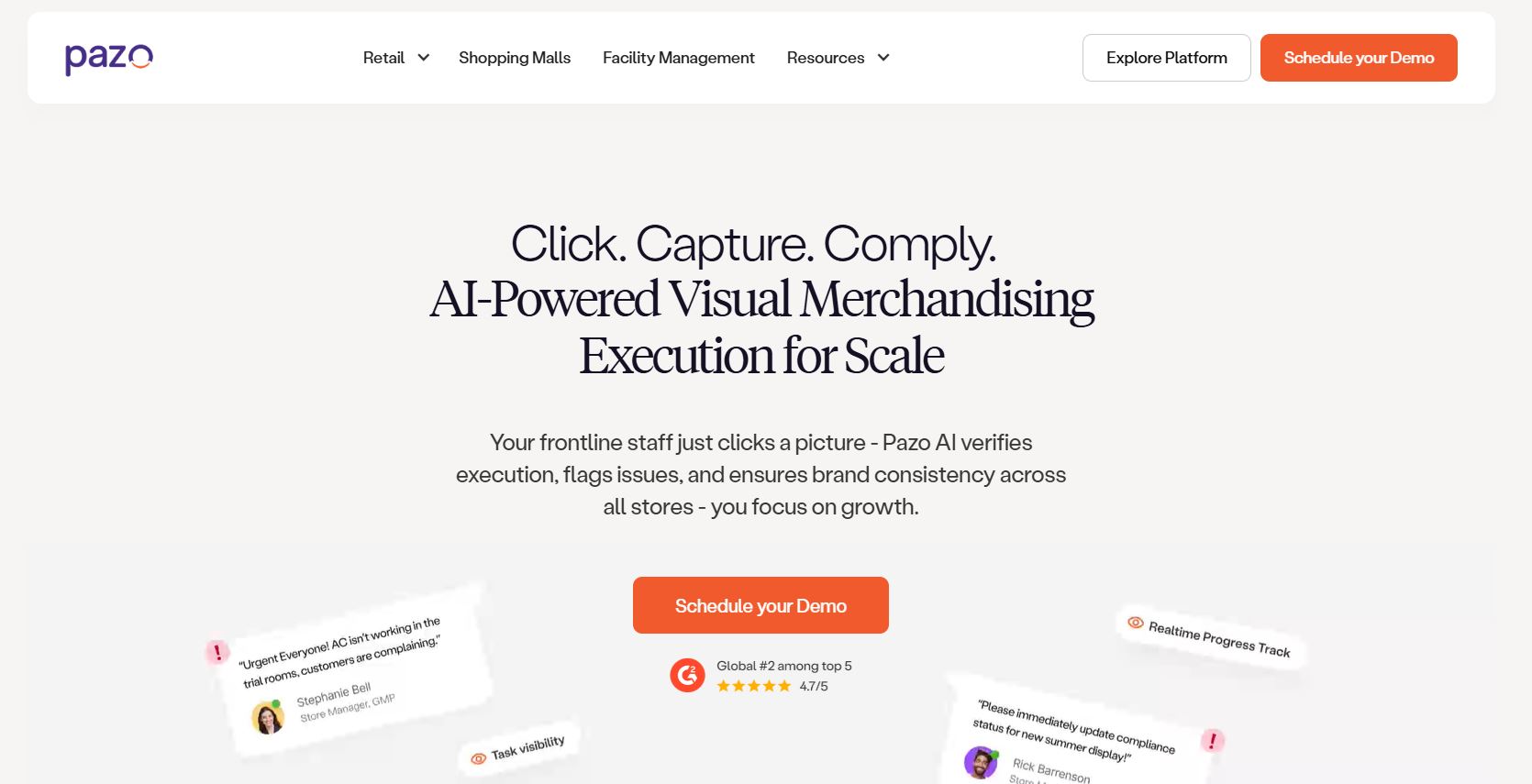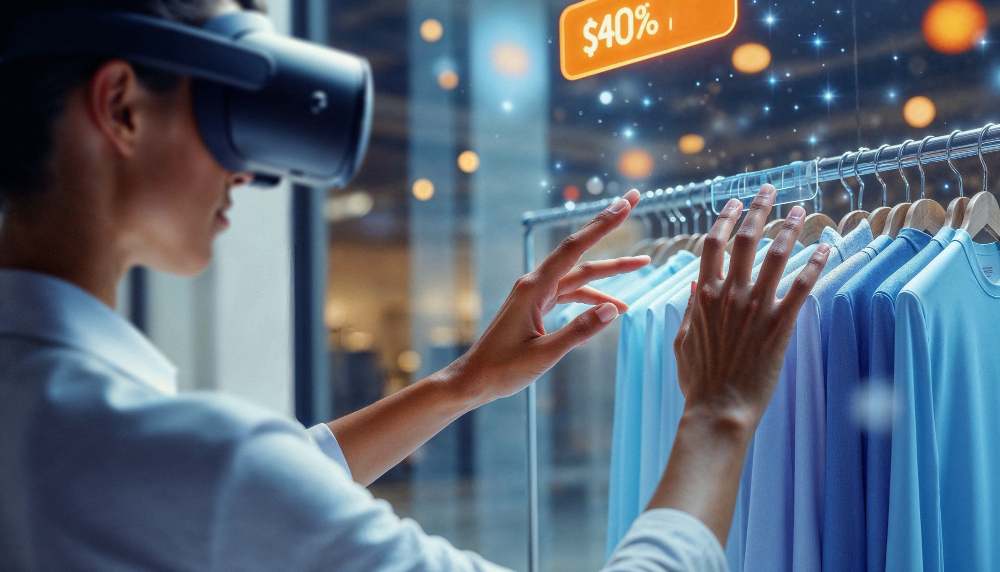Store Layout and Visual Merchandising: 8 Simple Tips to Improve Your Retail Space
Discover 8 simple store layout and visual merchandising tips that improve shopper flow, product visibility and in-store experience. Easy ideas you can apply in any retail space.










